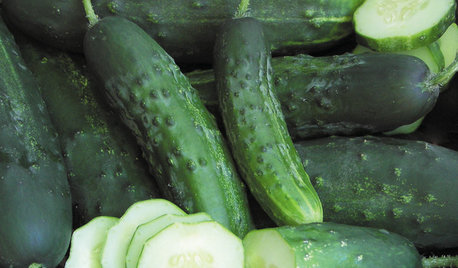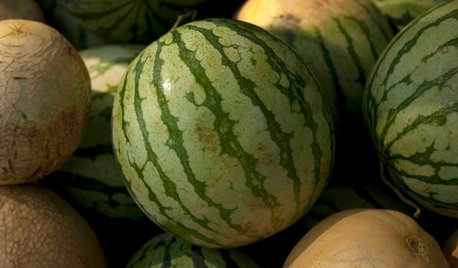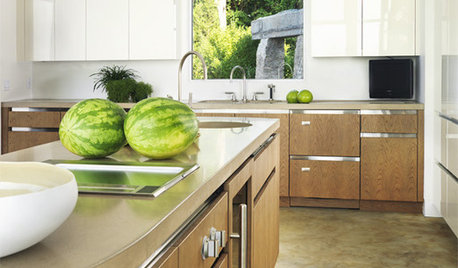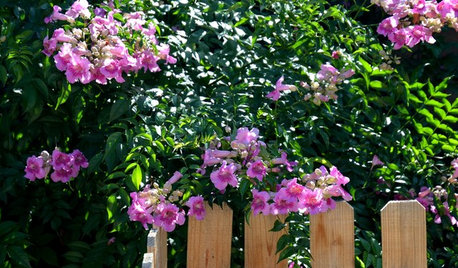supports for vining crops
kawaiineko_gardener
13 years ago
Related Stories

EDIBLE GARDENSSummer Crops: How to Grow Tomatoes
Plant tomato seedlings in spring for one of the best tastes of summer, fresh from your backyard
Full Story
SUMMER FRUITS AND VEGETABLESSummer Crops: How to Grow Cucumbers
Pick a peck for pickles or opt for fewer and raw — no matter how you slice them, cucumbers are great for summer gardens small to large
Full Story
EDIBLE GARDENSSummer Crops: How to Grow Pumpkins
Start in spring to grow your own fall decorations and have plenty left for pies
Full Story
GARDENING GUIDESSummer Crops: How to Grow Melons
Drink in the refreshing sweetness of melons from your own garden this summer — they can last well into fall too
Full Story
EDIBLE GARDENSSummer Crops: How to Grow Squash
Almost foolproof and with cheerful flowers, squash comes in a wide range of varieties to plant in spring
Full Story
SUMMER FRUITS AND VEGETABLESSummer Crops: How to Grow Beans
Grow your own beans for amazing variety and healthy, convenient produce all summer
Full Story
EDIBLE GARDENSSummer Crops: How to Grow Watermelons
You might not need as much space as you think to get this summer mainstay to spring up in your garden
Full Story
SPRING GARDENINGSummer Crops: How to Grow Strawberries
Pluck your own sweet strawberries right from the garden vine for smoothies, salads or eating then and there
Full Story
PINK FLOWERSGreat Design Plant: Pink Trumpet Vine Heralds Vibrant Color
Announce your landscape beautification efforts with this flowering vine that perks up hot, dry gardens
Full Story
FARM YOUR YARDIf You Have Room for Only One Summer Crop ...
Get an edible that’s long on flavor even if you’re short on space, with a long-time gardener’s favorite picks
Full StorySponsored
More Discussions







gardningscomplicated
User
Related Professionals
Surprise Landscape Contractors · Tempe Landscape Contractors · Waterbury Landscape Contractors · Woburn Landscape Contractors · Burlington Landscape Contractors · Deerfield Beach Landscape Contractors · Goodlettsville Landscape Contractors · Holtsville Landscape Contractors · New Baltimore Landscape Contractors · Parkland Landscape Contractors · Oxon Hill Landscape Contractors · Bensenville Landscape Contractors · Escondido Driveway Installation & Maintenance · Leesburg Driveway Installation & Maintenance · Anaheim Driveway Installation & Maintenancegardningscomplicated
nancyjane_gardener
GreeneGarden
iam3killerbs
gardningscomplicated
iam3killerbs
kawaiineko_gardenerOriginal Author
gblack
kawaiineko_gardenerOriginal Author
iam3killerbs
flora_uk
obrionusa
kawaiineko_gardenerOriginal Author
curt_grow
lonmower
thisisme
nancyjane_gardener
gblack
gardningscomplicated